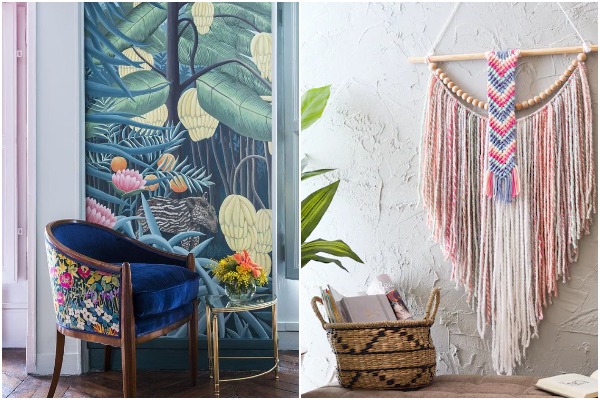A few home decorating rules stand out from the rest. These rules are hallmarks of good design, the principles that make spaces feel warm and inviting. When designing a room, there’s plenty to consider, but these essentials will set your space apart.

1. Light and light colors
Rooms lit with natural light feel more spacious, open, and cheerful than dark or high-contrast rooms, which is why most designers recommend using lighter paint colors and lighter furnishings in rooms with plenty of sunlight. Using these principles effectively can save on energy costs too!
2. Create a focal point with signature pieces
Every room requires a visual focus. Choose one or two things in your home that you absolutely adore and ensure they are your space’s focal points. For example, unique furniture items can elevate your room from ordinary to extraordinary.
If you are importing something special, it’s recommended that you vet any furniture shipping services to ensure they are suitable for you; learn more here.
3. Mix textures
Mixing different textures can make a room feel more welcoming and exciting. In fact, texture is one of the most critical elements in making a space feel warm and inviting.
4. Put colors next to each other
Colors close to each other on the color wheel often appear brighter or warmer than those farther apart, so try grouping colors together, especially if you are using paint colors with similar tones. For example, use yellow and tan in your kitchen, and white and mint green in your dining room.
5. Play with light
Lighten up dark spaces to feel open and airy by lighting them with lots of windows, skylights, or ceiling fans. Also, keep your home’s architecture in mind when choosing which furniture to use; a tall bookcase or sofa makes a room feel more spacious.
6. Create contrast
Contrast can make rooms look larger than they really are, so add vertical elements such as shelves and art to create visual depth in a small space. Contrasting colors also make a space feel more dynamic, so while you should use light colors in rooms with lots of natural light, use darker paint colors in spaces with little outside lighting. It’s also okay to use patterns and textures that stand out but don’t compete with or distract from the room’s focal points.
7. Keep your furniture clean and neat
Clutter not only makes a home look untidy; it reduces the amount of usable space in a room. When it comes to cleaning up after yourself and tidying up your rooms, less is more: one or two pieces of furniture is enough to fill up an average-size room.
8. Embrace your space’s design
Many people spend a lot of time and money trying to turn their home into someone else’s vision of what their space should look like. Designing a room based on your needs, not someone else’s, helps you to get the most out of your home and the furniture you have. For example, if you choose to add shelving instead of building in cabinets, you’ll be able to display your favorite items without making permanent additions to your home.
While it’s true that there are many factors to consider when decorating a home or any room, these essentials will make your space feel warm, inviting, and welcoming.